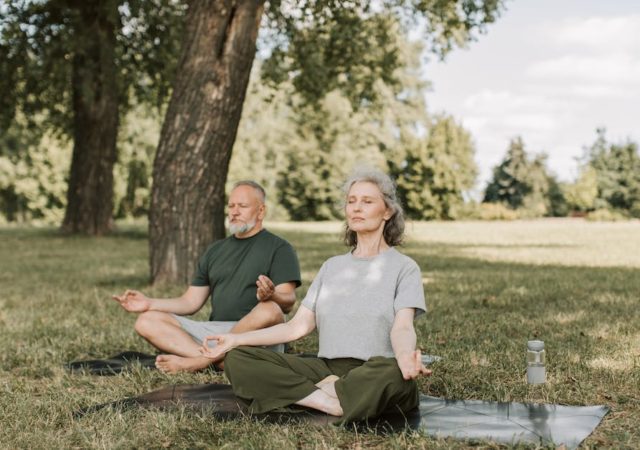Yoga is an ancient practice that has become increasingly popular in recent years due to its numerous benefits for the mind, body, and soul. Among the various techniques utilized in yoga, breath control, or Pranayama, is an essential component that significantly improves the practice’s effectiveness. Breath control, when combined with movement, helps build strength, flexibility, and endurance. It also brings awareness to the present moment and calms the mind, leading to a meditative state of being.
What is Pranayama?
Pranayama is a Sanskrit word that means “control of the breath.” It is a crucial aspect of yoga that focuses on the breath, which acts as a bridge between the body and mind. Pranayama techniques involve various ways of controlling the breath with specific patterns, rhythms, and retention times. Different types of Pranayama techniques include Kapalbhati pranayama, Ujjayi breathing, and Nadi Shodhana or alternate nostril breathing, among others.
Importance of Breath in Yoga
Breathing is a natural process that occurs involuntarily with each inhale and exhale. In yoga, however, breathing with mindfulness can enhance the practice’s benefits. Deep breathing and conscious breathing helps to reduce stress, lower blood pressure, and improve cognitive function. When we synchronize the breath with our movements, it helps to create heat within the body and improve circulation. The breath’s connection with the mind also helps to bring mental clarity, increase focus, and promote relaxation.
Anatomy of Breath
Breathing involves the exchange of oxygen and carbon dioxide through the lungs, which is facilitated by the diaphragm muscle in the ribcage. Our breathing patterns can affect our physical and mental health, with shallow breathing linked to anxiety and stress. Conscious breathing can help regulate our breathing patterns, improve lung capacity, and reduce respiratory issues.
Common Breathing Techniques
Ujjayi breath, or ocean breath, is a Pranayama technique where the breath is controlled with vocalization, producing a hissing sound during inhalation and exhalation. Kapalbhati pranayama involves rapid, forceful exhalations accompanied by abdominal contractions and passive inhalations. Nadi Shodhana or alternate nostril breathing technique involves breathing through one nostril while pressing one side of the nose and then switching to the other nostril.
Tips for Breath Awareness
To cultivate breath awareness during yoga practice, it helps to start with simple techniques like deep diaphragmatic breathing before moving to more complex Pranayama techniques. Focusing on the breath and avoiding external distractions can aid in controlling the breath. Developing breath awareness off-the-mat can involve taking deep breaths during breaks or practicing mindfulness meditation.
Breath and Beyond
The practice of conscious breathing can extend beyond the yoga mat and become an essential tool in daily life. Breath control techniques can help in relieving stress and anxiety, improving sleep quality, and boosting overall well-being. Many practitioners have reported feeling calmer, more focused, and centered after developing a regular breath control practice.
Conclusion
In summary, breath control or Pranayama is a critical aspect of yoga that enhances the practice’s benefits for physical, mental, and emotional well-being. Mindful breathing techniques improve lung capacity, regulate breathing patterns, and promote relaxation. By incorporating breath control practices into daily life, one can experience improved health and wellness. Whether a seasoned yogi or a beginner, taking time to develop a breath control practice helps to create a more fulfilling yoga practice and a healthier life overall.





